
© Dave Morgan. (Click image for larger version)
Ashton Rediscovered: masterclass with Dame Monica Mason coaching the Spanish Dance from Swan Lake and the Fairy of Joy from Sleeping Beauty
Ashton Foundation Masterclass
The Royal Ballet School
11 February 2018
Gallery of pictures by Dave Morgan
www.frederickashton.org.uk

© Anthony Crickmay/ V&A Images/ Victoria and Albert Museum
In her introduction, Jane Pritchard, Curator of Dance at the Victoria and Albert Museum, pointed out that both had Gothic Victorian designs typical of the period: Carl Toms for the 1963 Swan Lake and Lila di Nobili for The Sleeping Beauty (1968). Ashton’s contributions lived on in later productions with different designers – but are no longer performed, so the Ashton Foundation has undertaken to preserve them in notation and on film.

© Dave Morgan. (Click image for larger version)
The masterclass started with the Spanish Dance from the ballroom act of Swan Lake in Robert Helpmann’s production. (It opened with a prologue in which a young princess, Odette, was transformed into the Queen of the Swans.) The original Spanish dancers were Monica Mason, still a soloist, and three principals: Georgina Parkinson, Desmond Doyle and Christopher Gable.
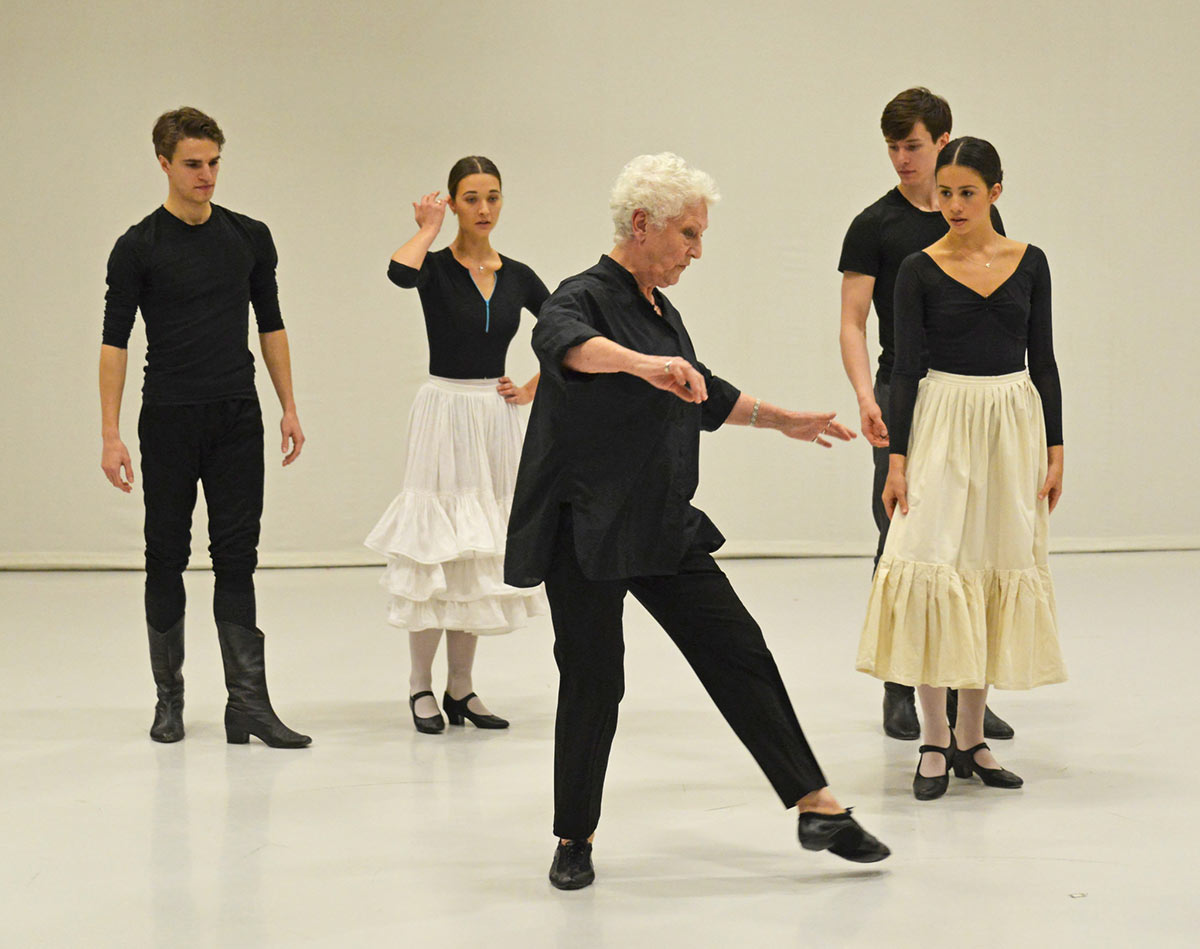
© Dave Morgan. (Click image for larger version)
Monica said that Ashton had chosen her to provide him with Spanish-flavoured movements, since she had learnt flamenco dancing back in South Africa. ‘He wanted ideas, not authentic steps’, she said. ‘The result was very much his creation.’ The choreography had been taught by Christopher Carr, guest principal Ballet master, to four youngsters from the Royal Ballet: Calvin Richardson, First Artist, and Mica Bradbury, Leticia Dias and Leo Dixon, Artists.
We saw Carr in action on film in his absence, with Mason’s coaching on stage emphasising the typical Ashtonian instructions to bend ever further and deeper. ‘Keep your weight down, not bouncy’, she instructed the dancers: ‘Your shoulders and arms must curve from your waist, not from your elbows.’ By the final run-through of the dance, accompanied by pianist Michael Pansters, the women’s heads were practically touching the floor in deep backbends. ‘Much more physical than the Spanish dance in Nutcracker’, they agreed at the end.
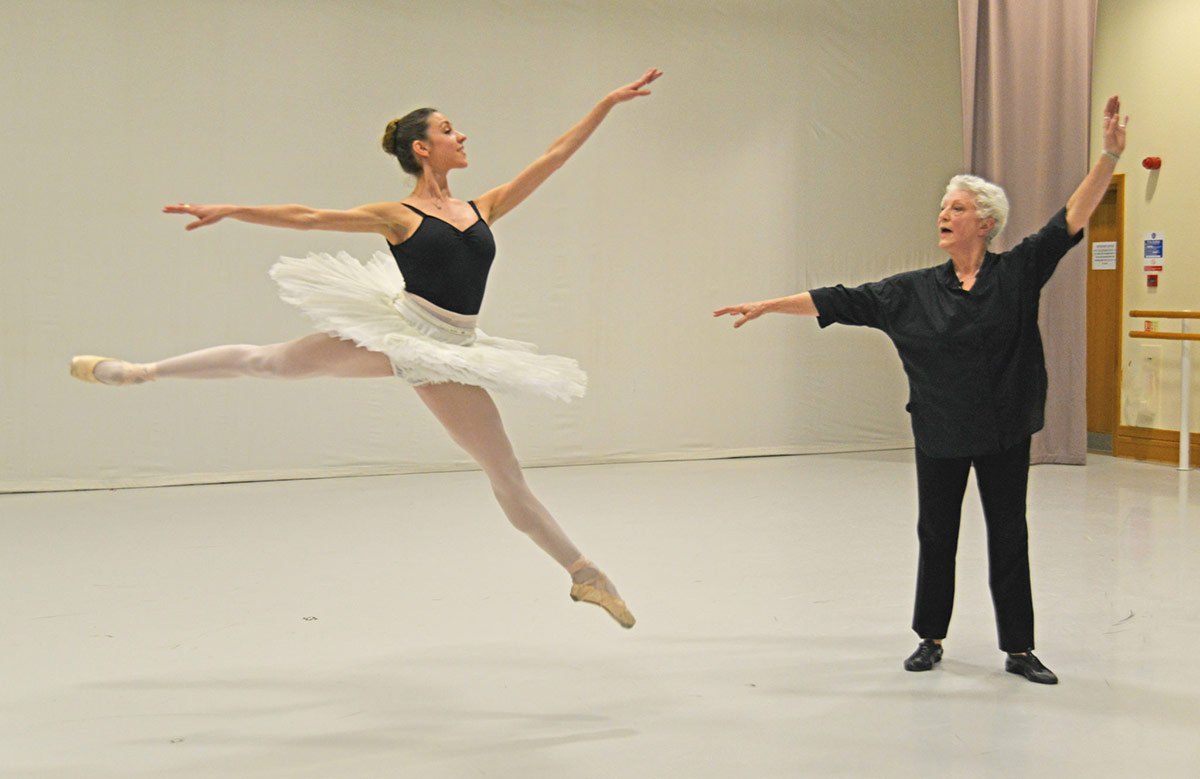
© Dave Morgan. (Click image for larger version)
Monica then moved on to The Fairy of Joy solo from The Sleeping Beauty prologue, performed for the masterclass by First Artist Isabella Gasparini, who joined the Royal Ballet in 2014, during Mason’s directorship. The solo for the sixth fairy was to music from the Act III Jewel Fairies’ variations, with an unusual 5/4 time signature. It was originally danced by Georgina Parkinson or Laura Connor.
The jubilant solo is full of darting piqué arabesques and sissonnes, followed by swift grands jetés and jetés entrelacés. Once again, Mason urged more bending in the upper body, sharper changes of direction and ‘arms without elbows’. She emphasised the counts for the jumps as Gasparini kept bounding, smiling sunnily, as she does in performance on stage.
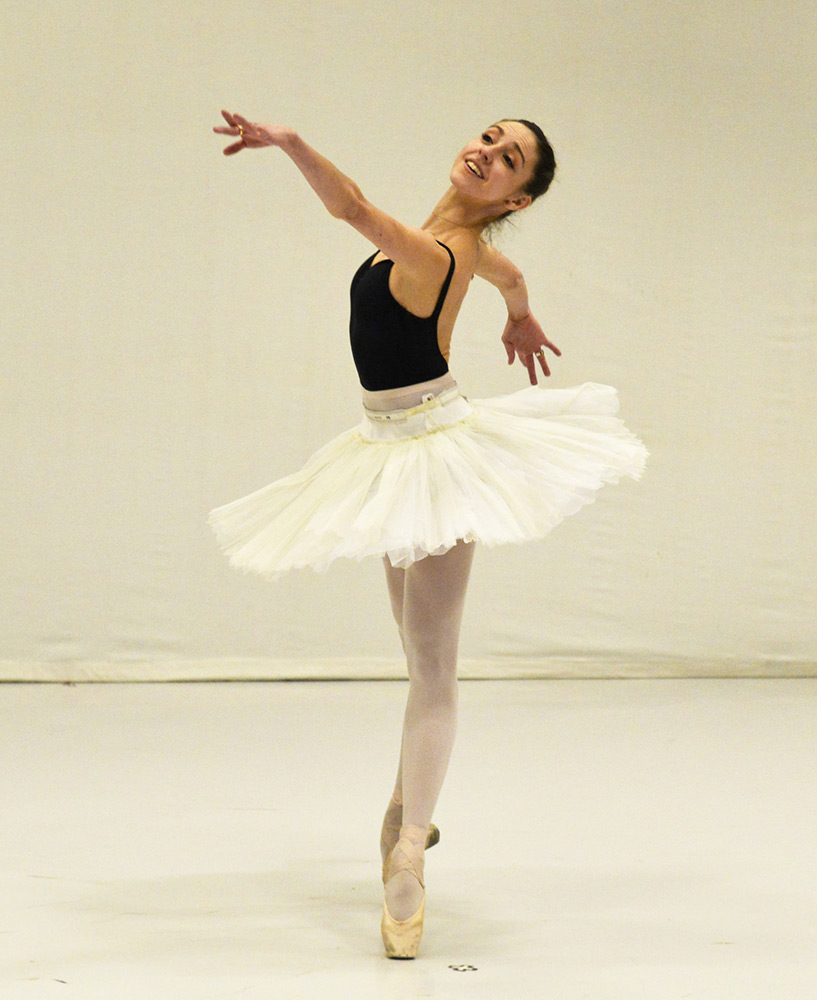
© Dave Morgan. (Click image for larger version)
A puzzle over the Benesh notation for the position of the arms in one sequence was resolved by Jeanetta Laurence, former Associate Director of the Royal Ballet, who suggested the meaning of the gesture: ‘I give you (Aurora) bountiful joy.’ The discussion that resulted with Lorraine Gregory, one of the company’s notators, dwelt on the deceptions that can arise from a hurriedly notated score, or a filmed performance.
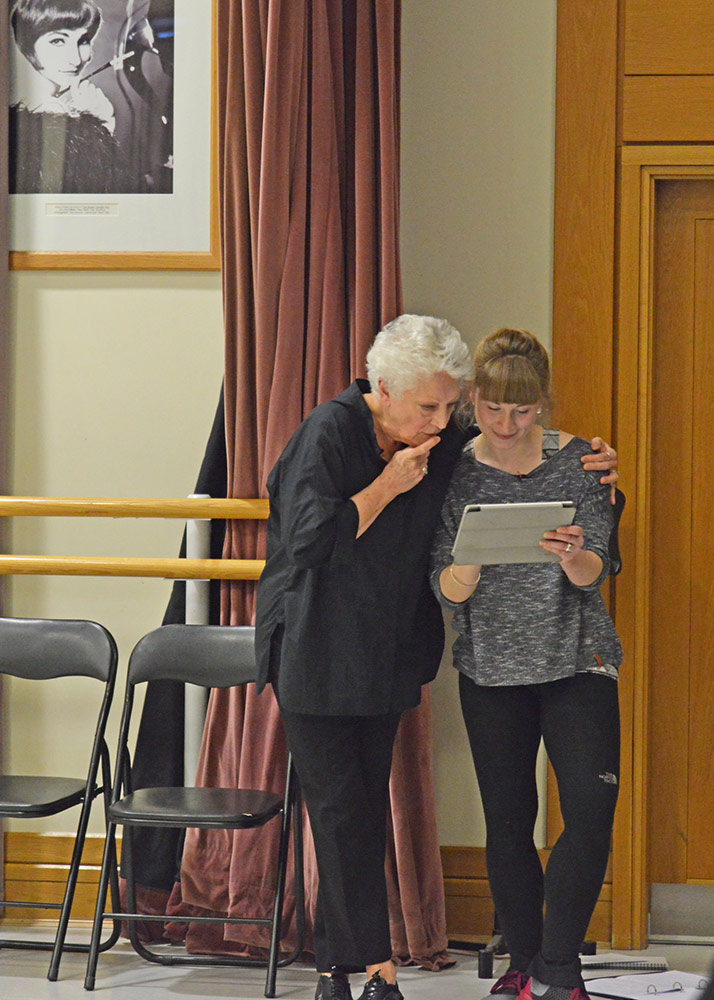
© Dave Morgan. (Click image for larger version)
At the end of the session, Sir Peter Wright, who was in the audience, shared memories with Dame Monica of his 1968 Sleeping Beauty production, bedevilled by Lila di Nobili’s ideas for decor and designs. Though the costumes were ravishing, the dancers could barely move in them. They resorted to pulling out the bones from the bodices and shortening the voluminous skirts. The fairies in the prologue were originally supposed to arrive via an escalator (too expensive) with the prince turning up for the hunting scene on horseback (too unpredictable). The chapter about the fantastical production in Sir Peter’s memoirs, Wrights and Wrongs, makes hilarious reading. Though his conflicted production didn’t last for long, Ashton’s choreographic contributions have survived in recordings: his beautiful Awakening pas de deux for Aurora and the prince from 1968 has been performed in galas.







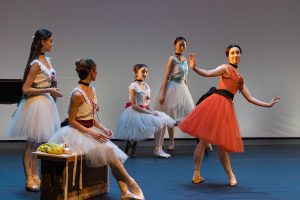
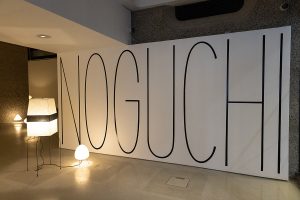

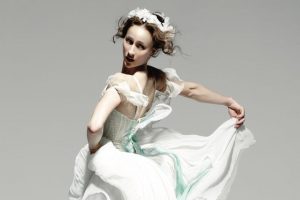
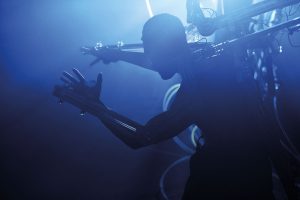
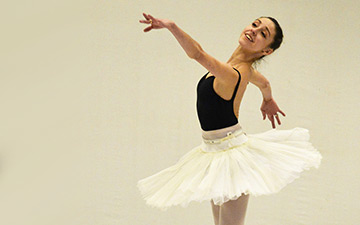


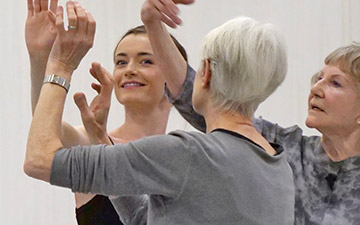

You must be logged in to post a comment.